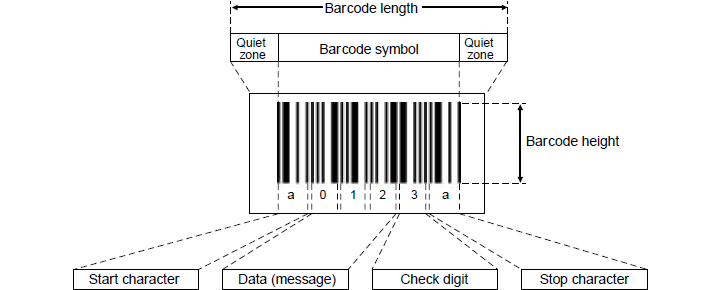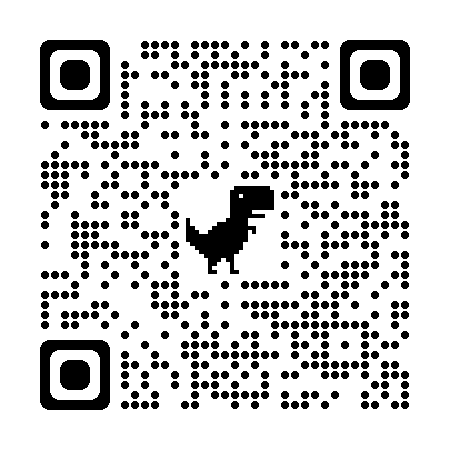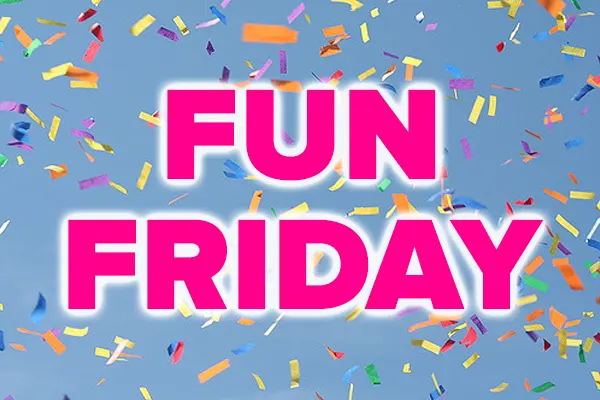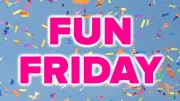This week we’re talking about bar codes. We are literally awash in them these days. They’re on every piece of food we buy at the market. They’re on practically every device we have. Every shipment we get has them on the box. Two generations ago, there were essentially no bar codes. The bar code has had a very interesting history, as you can see in this video:
The bar code was thought of a long time before it was ever really practically used, and the funny thing is that the UPC code as it was implemented in the 1970s ended up being very similar to the way it was originally envisioned. Along the way bar codes evolved to be circles, colors, and a whole lot of other thing that didn’t work out.
The basics of bar codes

According to this page, it’s actually not terribly hard to figure out what one of those codes is, even if it doesn’t have those friendly numbers at the bottom. There are different “languages,” or types of bar codes, and if you are able to figure out what’s being used it’s not too hard to get the information you need.
Of course, after you decode every bar code in your home you’ll realize that most of the time they’re just strings of numbers. It’s a little disappointing.
2D vs. 1D bar codes
Most of the bar codes you see are just long bars that run up and down. But more and more in the last few years, you’ll see codes that are square like this one:

Codes like these are called 2D bar codes and they’re capable of carrying a lot more information in a small space than the traditional codes. The most common 2D bar code is a QR code like the one you see above. In most current phones, all you have to do is point the camera at a code like this and it will give you the option to open a web site.
These codes are possible because of the much more sophisticated cameras we have now. When bar codes first rolled out, they used bright lasers and analog sensor tubes. The system had to be very simple and very robust because there was no way to really analyze an image after you got it. Compare it to the difference between using a film camera and a digital camera. With a film camera, you sort of “get what you get.” You can kind of mess with the developing a little bit, but the negative is really pretty much unchangeable. Compare that to digital files where you can make pretty much any change you want.
I hate when these things don’t scan
Bar codes get a bad rap. You might remember this commercial from about 15 years ago:
I hadn’t seen it in a while and didn’t realize that was Jane Lynch at the beginning. The point of the video is that bar codes strip all the personality out of everything. And in a way I suppose that’s true, but they’ve also made a lot of our modern lives possible.



